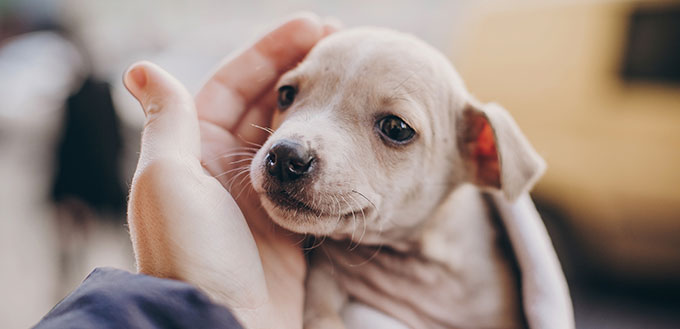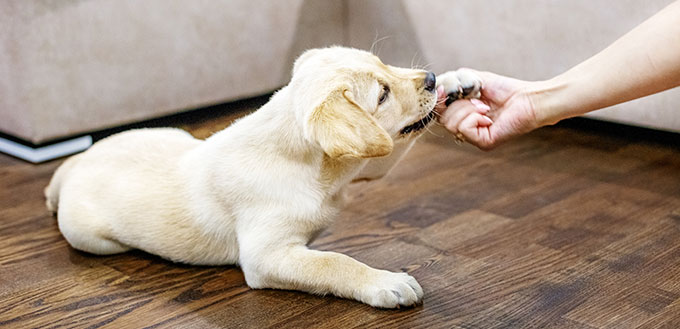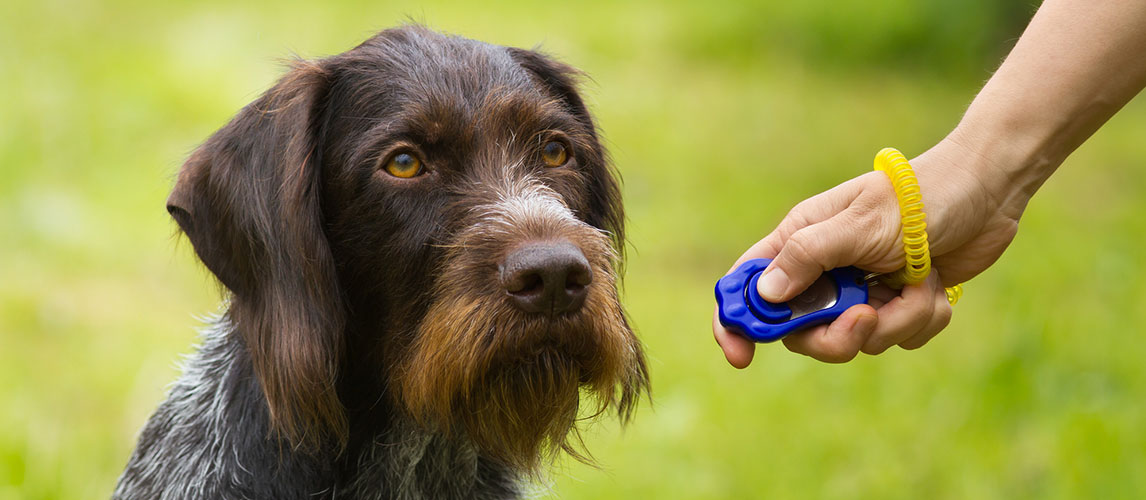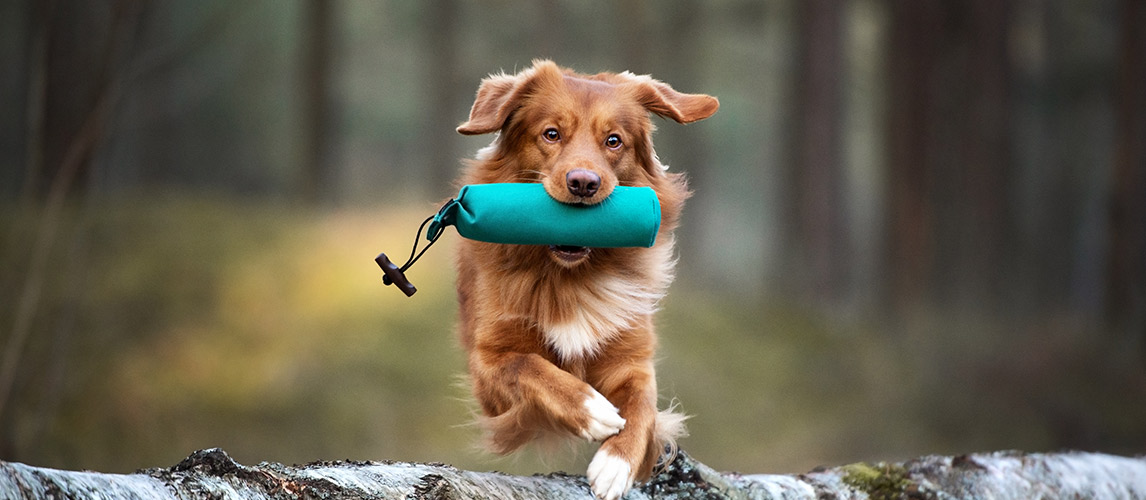Does your dog seem to be scared of everything? Fearful dogs can be very hard to understand but their behavior is actually a throwback to the way that they would have lived in the wild. An over-confident dog who treated everyone as their best mate would not have survived very long in the wild!
Fast forward to the modern world and a dog that is frightened of everything, including their owners, is stressful to be around and could be putting their own health at risk. Here we offer help for your nervous dog and give you some practical tips on how to gain a dog’s trust.
Signs That Your Dog Is Scared
The first step is to learn to recognize when your dog is scared and when they are feeling confident. Some of the more obvious signs of fear in a dog or pup you probably already know about but they can be confused with aggression. The well-known signs of a fearful dog include:
- Rolling the lips back to bare their teeth
- Shaking and trembling
- Arching their body with their head down
- Flattening their ears back
- Tucking their tail between their legs
- Making a growling noise
- Hair sticking up on the neck
The less well-known body language signs that a fearful dog may display are:
- Moving very slowly and with hesitation
- Freezing in one position
- Licking their lips over and over again
- Yawning for a long time
- Moving away from something that is causing them stress
- Panting for a long time
Find Out What Is Scaring Your Dog
Before you can establish how to get a timid dog to feel comfortable around you and to trust you, it makes sense to remove anything that they are scared of. This can be tricky if your shy dog seems to be frightened of everything. Here are some of the most common things that scare dogs and some tips for dealing with them.
Fear of Other Dogs
Even though most dogs are sociable animals and enjoy being in a ‘pack’ with other canines, there are some dogs that are very frightened of their own kind. This is often caused by a lack of socialization when they were young. If you welcome a new dog into your home as an adult, for example as a rescued dog from a shelter, this is a common issue that you are likely to face.
You can help the situation with some social training but it can take a long time and the process cannot be rushed. Try to find a calm doggy pal for your pooch – one that will not be aggressive and one that will respect your dog’s personal space. Try walking the dogs together for a short time each day. Eventually, your dog may want to play as well as walk and will be able to interact with the other dog. This is a sure sign that your strategy is working.
Fear of Humans
This is also common in rescued dogs who have not met many people or who have had a bad experience with a particular person. It can take a while for them to trust any human again. Sometimes, it is a particular characteristic that they don’t like. Some dogs don’t like men or don’t like people wearing hats. It can make taking them out in public very traumatic.
This can be tackled using some desensitization and counter-conditioning. Get a person that you know your dog will be frightened of to stand a long way away. Then, they should gradually move towards you so that you can work out at what point your dog starts to feel threatened. This could be 25 feet or 6 feet away. Once the stranger reaches that point, and your dog starts to be on edge, give them a bit of their favorite food as a treat. Over the coming days, allow the stranger to get closer and closer to your dog as they get more confident.
Check out Dog Safe Peanut Butter Treats and Vegan Dog Treats.
How to Make a Dog Trust You
If the dog is frightened of you, their owner, then you will have to work hard to build up their trust. It is important that you make a start on this as soon as the dog comes to live with you. A frightened dog can cause injuries to their owners with nips and bites. Here are some tips on how to approach a scared dog whilst reducing the risk of injury. If the dog is very aggressive, however, you will need to seek veterinary advice or consult an animal behavior expert.
The Way You Move and Eye Contact
A fearful dog needs to be able to anticipate your movements so that they are not startled. This means that you should move slowly and give some indication that you are going to get up and move around. Perhaps you could lift your hands slowly or start talking to them before you actually move.
Also, avoiding eye contact is very important. In the dog world, direct eye contact is a threat. When you need to approach the dog, do so in an arc rather than coming straight at them and avert your eyes to show that you are not threatening them. Another top tip is to avoid facing your dog at all. The best way to approach them is to kneel with your side or back facing the dog. This will be interpreted as ‘polite’ by your four-legged friend but cannot be used if the dog is very aggressive.
Stop Talking and Start Watching
Humans have a tendency to think that they can build dog confidence by talking to their pooch all the time but too much talk can be counterproductive. One of the best tips on how to get a scared dog to like you is to keep quiet and watch them!
Watch your dog for signs that they want to interact with you. When they do approach you, simply offer some positive reinforcement like some dog cookies or dog treats. Don’t start shouting “good boy” or “good girl” at them because you will just scare them off again!
Play a Game
Place a plate in between you and your dog. Walk forwards and put some tasty food on the plate and then retreat so that your dog can move forward to get it. They learn that approaching you gets them treats.
Another option is to wait for your dog to look at you and then throw a treat behind them. Eventually, they will start to approach you to get the treat. Don’t attempt to touch them until they are confident enough to walk right up to you and beg for a treat.
Sources:
- Sherry Woodard, How to Approach a Scared, Nervous or Worried Dog – Best Friends Animal Society
- Help Your Anxious Or Fearful Dog Gain Confidence – Animal Humane Society
- Second Chances for Severely Fearful Shelter Dogs – American Society for the Prevention of Cruelty to Animals











